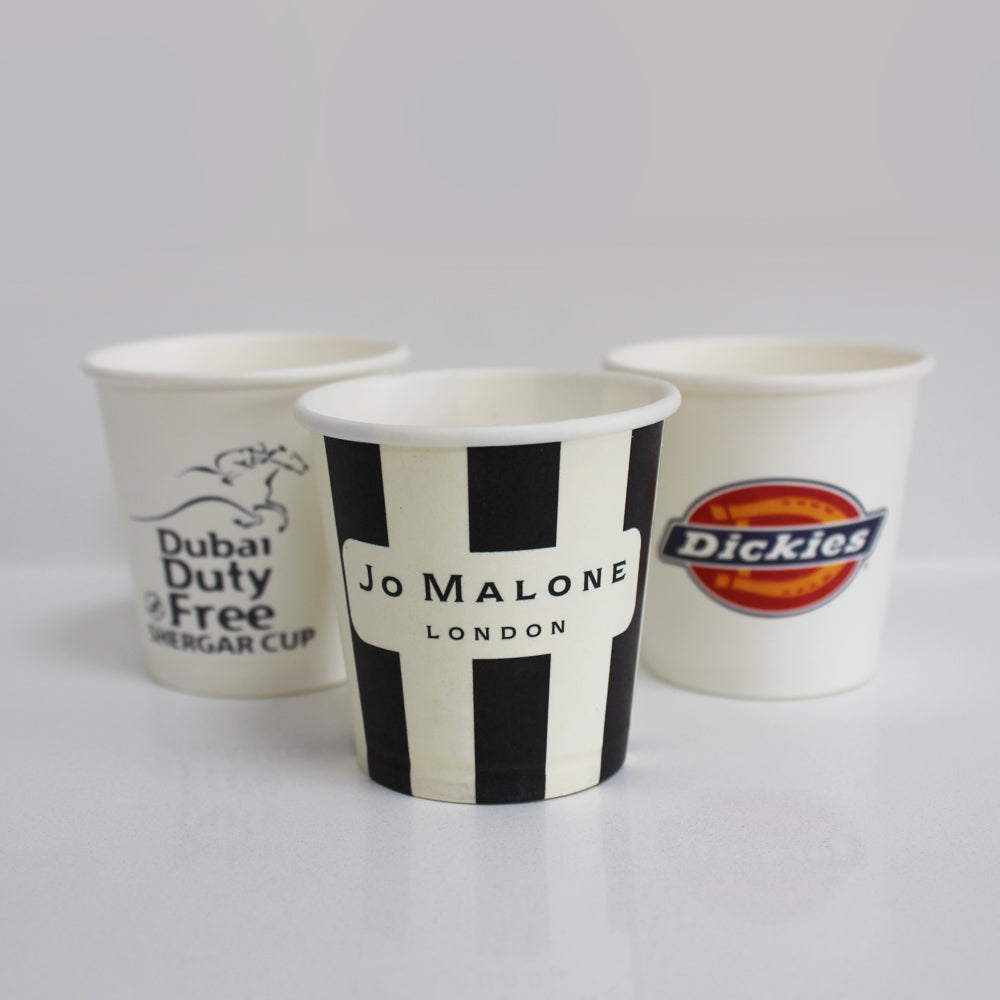The Importance of Frozen Food Packaging
Frozen food has become an integral part of our modern diet, offering convenience, freshness, and a wide array of choices. However, the effectiveness of frozen food largely depends on its packaging. Packaging plays a crucial role in preserving the quality, safety, and shelf life of frozen food products. In this article, we will explore the significance of frozen food packaging, the materials used, and the innovations that are shaping this industry.
Preservation of Quality and Safety
One of the primary functions of frozen food packaging is to preserve the quality and safety of the food inside. When food is frozen, ice crystals form within the product. If the packaging is not airtight and moisture-proof, these ice crystals can lead to freezer burn, which adversely affects taste and texture. Proper packaging prevents the entry of air and moisture, maintaining the integrity of the food. It also protects the food from contaminants and pathogens that could lead to foodborne illnesses.
Materials Used in Frozen Food Packaging
Several materials are commonly used for frozen food packaging, each with its own set of advantages. The most prevalent materials include
1. Plastic Films These are lightweight, flexible, and provide an excellent barrier against moisture and air. Polyethylene and polypropylene are popular choices, often used in bags and wraps for frozen items. They are also available in various thicknesses to cater to different freezing conditions.
2. Aluminum Foil This material is another popular choice for frozen food packaging, primarily due to its excellent barrier properties against moisture, gases, and light. Aluminum foil is often used for wrapping meats, vegetables, and other products to ensure they maintain quality during storage.
frozen food packaging

3. Cardboard While cardboard alone is not suitable for freezing, it is often used in combination with plastic or foil liners for items like frozen pizzas and ready meals. It provides structural support and is easily stackable, which is beneficial for both storage and transportation.
4. Vacuum Sealing This method employs a combination of plastic and a vacuum pump to remove air from the packaging. Vacuum-sealed items have a longer shelf life and are less prone to freezer burn, making this technique popular for individual portions and bulk items.
Innovations in Frozen Food Packaging
The frozen food industry is continuously evolving, and packaging technology has seen significant advancements over the years. One notable innovation is the development of biodegradable and compostable packaging materials. As consumers become more environmentally conscious, the demand for sustainable packaging solutions grows. Companies are increasingly investing in materials that not only preserve food but also minimize environmental impact.
Additionally, smart packaging technologies are emerging, enabling real-time monitoring of the food's condition. These developments include indicators that change color to show temperature fluctuations or spoilage. Such innovations provide consumers with valuable information about the quality of their food, ultimately enhancing food safety.
Another exciting trend is the increasing adoption of modified atmosphere packaging (MAP). This technology involves altering the composition of gases inside the packaging to extend shelf life and maintain the freshness of frozen products. By replacing oxygen with nitrogen or carbon dioxide, MAP helps inhibit the growth of aerobic bacteria and slows down oxidation, ensuring that frozen foods remain as fresh as possible.
Conclusion
In conclusion, packaging is a critical component of the frozen food supply chain. It protects the quality and safety of food products, enhances convenience for consumers, and contributes to sustainability efforts. As the industry progresses, innovations in packaging materials and technologies will continue to shape the way frozen food is stored and marketed. Understanding the importance of frozen food packaging not only helps us appreciate the products we consume but also underscores the ongoing need for advancements that prioritize both quality and environmental responsibility. Through effective packaging, we can enjoy the benefits of frozen food without compromising on safety or sustainability.



